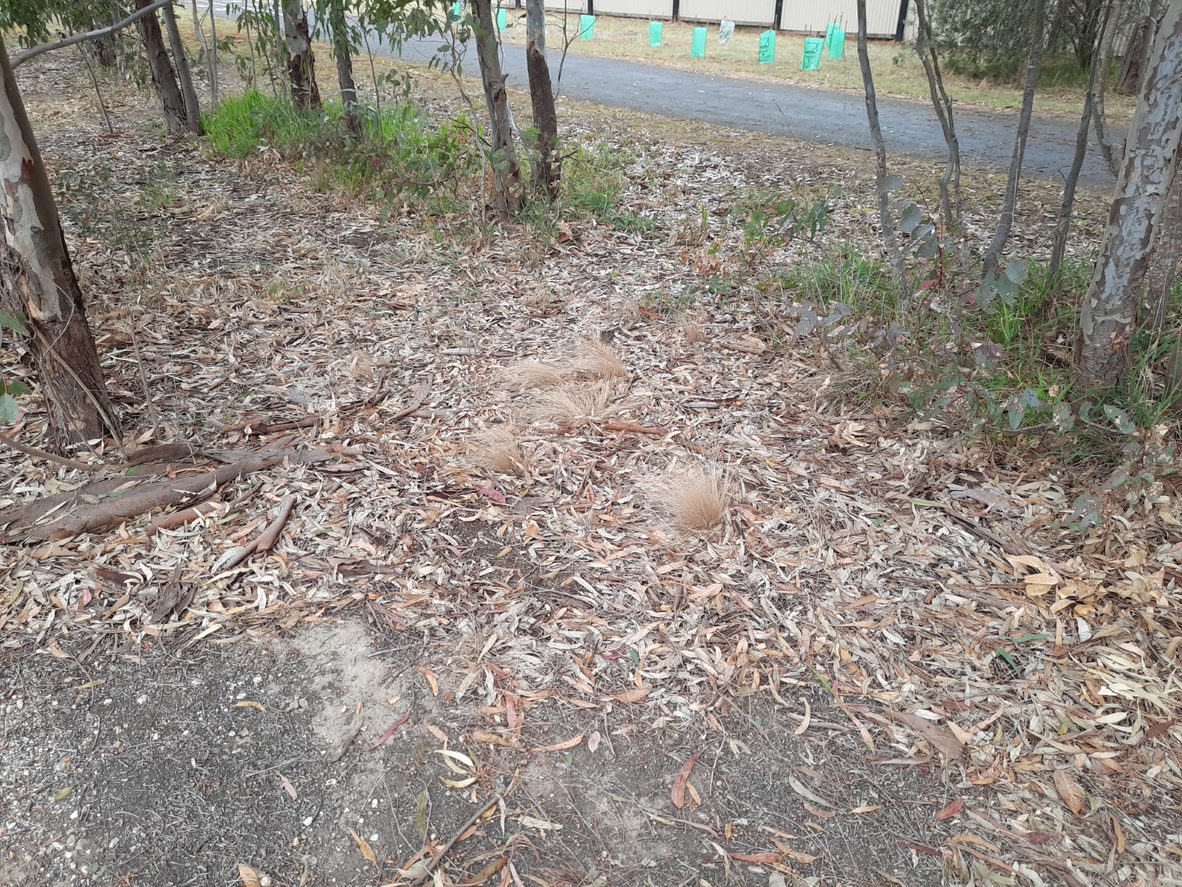Case Study: West Gippsland gives tussock the boot 2022
The Victorian Serrated Tussock Working Party (VSTWP) commenced serrated tussock extension within the Gippsland region in 2019, when it undertook projects throughout Stratford and Briagolong. The project offered education and extension services to landholders, which included information sessions, free property assessments to locate and identify serrated tussock and personalised control advice. These project areas have since been complemented by further expansion into the adjacent Clydebank area and the recent completion of extension projects within additional areas of Briagolong and Airly during 2020-2022.
The total project area within Gippsland covered almost 9000 hectares across 500 properties. The area included a range of land parcels including small residential properties, lifestyle and hobby farms and high-intensity dairy farms and agricultural enterprises. The majority of serrated tussock identified lay overwhelmingly north of the Avon River, with little to no plants observed throughout the Airly and Clydebank properties. Quite often fence lines and planted windrows appeared to be slowing or containing the seed spread of small infestations into neighbouring properties.

A total of 275 landowners participated in the project which resulted in serrated tussock infestations identified on 75 of these properties. The vast majority of the landowners had previous knowledge of the serrated tussock and history managing this invasive species. The extension projects worked to enhance their understanding of best management practice methods and timing of control, to enable long-term successful outcomes.
The property assessments identified infestations that were frequently of a low-density and consisted of scattered isolated plants generally located within areas of degradation and disturbance. Serrated tussock management on many properties involved simply manually removal of plants and this was often undertaken by landowners during the property surveys. Only five properties were referred to Agriculture Victoria for follow up, due to no management control or treatment undertaken since the initial property assessment.

The main objective for many of the landowner was to understand the key identification characteristics. Serrated tussock was often confused with the native tussock grass Poa labillardieri (Common Tussock Grass), which to the untrained eye it could easily be mistaken for.
The projects also included the mapping of infestations on all roadsides within the project area. Roadside mapping data was provided to the Wellington Shire Council for their roadside weed management database, to enable early intervention and targeted treatment during their annual works programs.
Continued monitoring by these dedicated property owners and the Wellington Shire Council will no doubt ensure a positive effect across the Gippsland region.
